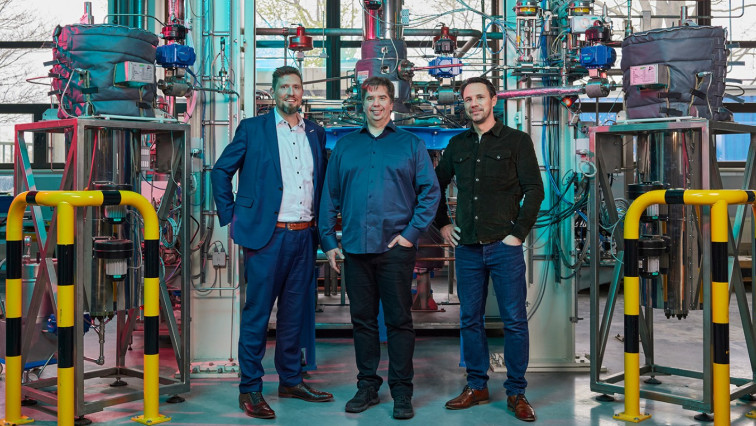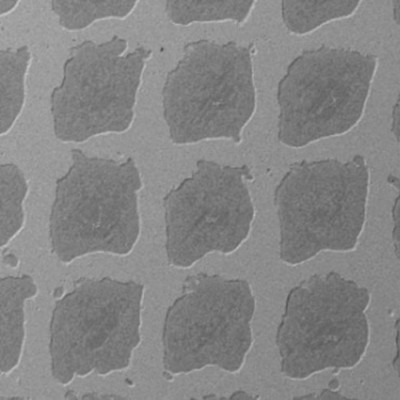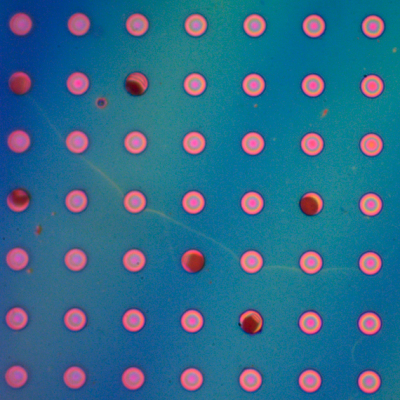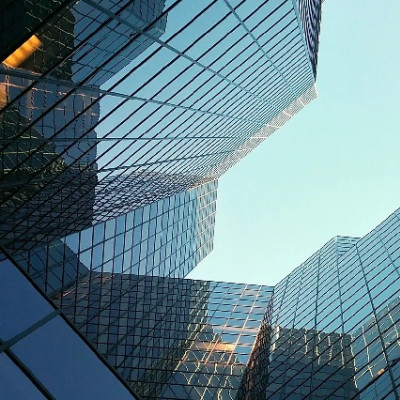Consisting of 99.8 percent air, aerogels are the lightest and most effective insulation materials in the world. And as they are made from the non-hazardous raw material silicon dioxide, they are also sustainable and can be manufactured without the use of petrochemicals. However, up until now, there has been a stumbling block: aerogels have been much too expensive to use as insulation, as conventional aerogel production is costly and time-consuming. This means they have so far mostly been used for niche applications such as in space suits.
Affordable, large-scale aerogel production
PROCERAM GmbH & Co. KG saw this challenge as an opportunity, and set itself the goal of mass-producing affordable aerogels. If they could create an affordable, non-combustible mineral insulation material that was a more effective insulator than alternative fossil-based materials, it would revolutionize the insulation sector. To this end, the entrepreneurs contacted experts at Fraunhofer UMSICHT — and together, they created a new manufacturing process for producing aerogels within six years. Their system can be fully scaled up from the laboratory to pre-commercial production level without any environmentally hazardous chemicals. The new process also reduced the costs of manufacturing the previously expensive aerogels by 70 percent, and brought production time down from more than 10 hours to only 2.5.
Nils Mölders and Andreas Sengespeick of Fraunhofer UMSICHT and Christoph Dworatzyk of PROCERAM GmbH & Co. KG will be receiving the Joseph von Fraunhofer Prize 2023 for their achievement.
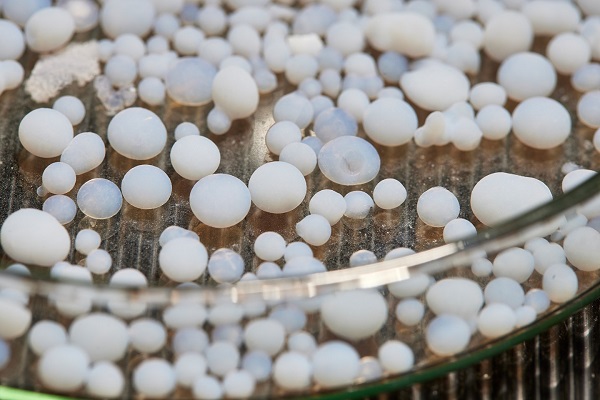
The aerogel is broken down into grains 2 to 4 millimeters in size and mixed into insulation plaster.
Replacing acids with carbon dioxide
In order to decrease the costs and production time for aerogels at this scale, the research team focused on the production process. Typically, aerogels are produced using a sol — a medium containing finely distributed solid particles that has acid added to it to form a gel. Some 6 kilograms of acid are required to produce 1 kilogram of aerogel. These corrosive substances can harm the environment. The gel is then aged, undergoes a solvent exchange and is finally dried. “We consistently challenged the existing technological state of the art,” explains Mr. Mölders. “Whereas supercritical carbon dioxide, which is between a gas and liquid in terms of its properties, was previously only used for drying, we use it at every step in the process. That means we can eliminate the use of acids altogether.” Even the raw materials meet the sustainability requirement: The researchers tested more than 20 different types of silica sols that were readily available, inexpensive and non-toxic — as opposed to the established variants that are expensive and harmful to health.
Mineral plaster is a highly effective insulator
In the final step of the process to create insulation material for buildings, the aerogel is broken down into grains 2 to 4 millimeters in size and mixed into a pure mineral plaster. This mixture has excellent insulation and physical properties, meaning that it outperforms conventional insulation materials such as polystyrene or mineral wool. “When mixed into the plaster, the aerogels can reduce thermal conductivity by a factor of two when compared to polystyrene; that is truly huge. So what we have is a highly effective insulating material made purely from minerals,” reveals Mr. Dworatzyk. This means that a sheet of aerogel material with half the thickness of a sheet of polystyrene can achieve the same level of insulation. And there’s another advantage, too: “We’re only using materials like sand and lime here that can be put back into the circular material economy, i.e., can be recycled,” Mr. Sengespeick explains. The new production process therefore holds great potential both for the building technology sector and climate protection.
Read the original article on Fraunhofer-Gesellschaft.

